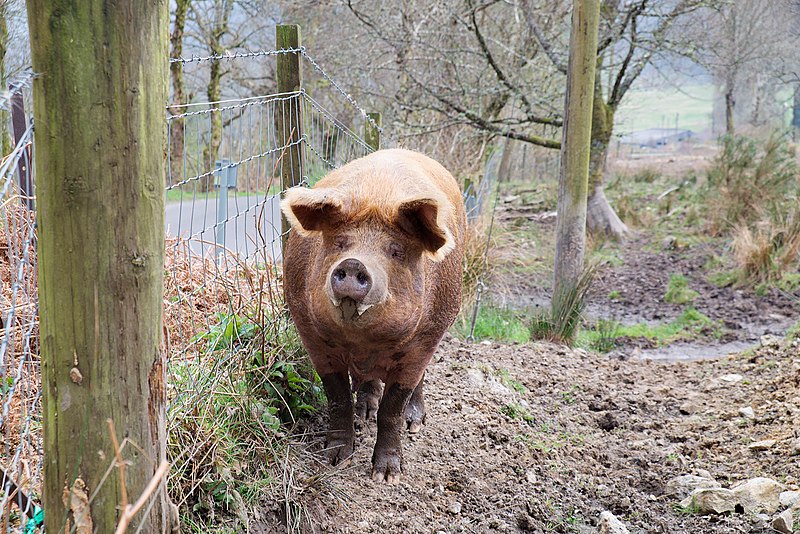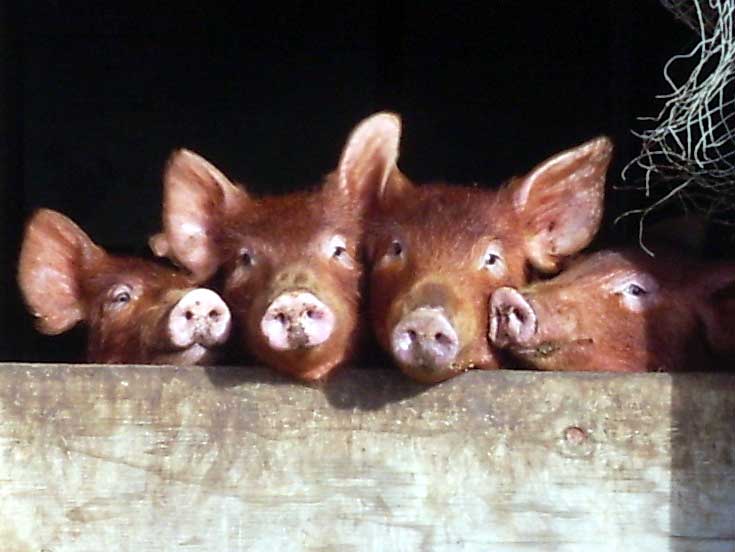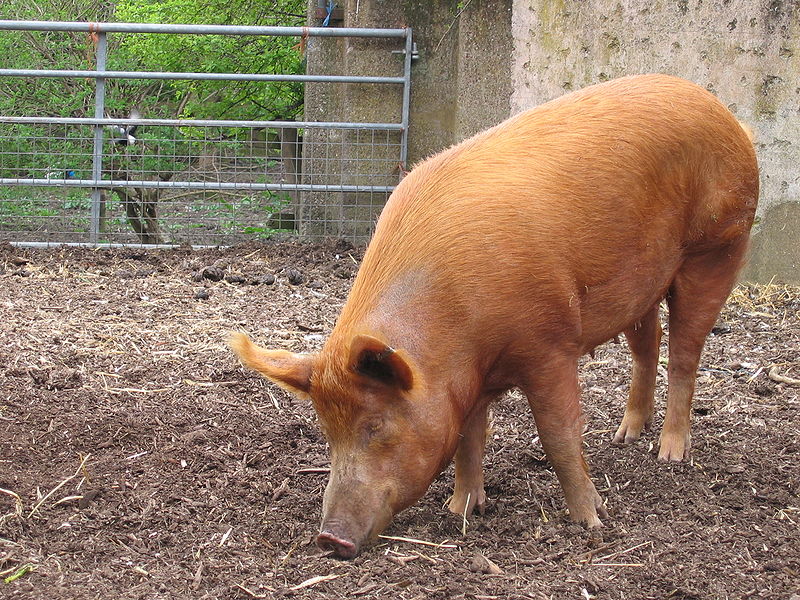The once common wild boar (Sus scrofa) succumbed and disappeared from Britain during the 13th Century, its demise attributed to vanishing forest habitats and excessive hunting. These iconic beasts with a sense of smell surpassing that of dogs, plough soil and ‘sward’ with remarkable scope serving a pivotal role in seed dispersal. This exposes seeds and invertebrates for other species often in the leaner winter months.
Weighing in at around 100kg they consume a wide range of plant material, including fruits, nuts, and acorns, and inadvertently aid in the dispersion of seeds across the landscape. This function is particularly crucial for the regeneration of forests and woodlands. By eating and subsequently defecating seeds, wild boar help in the natural propagation of various plant species, ultimately promoting the growth of a diverse, healthy, and resilient forest ecosystem.
Their foraging also helps control invasive species and promotes the growth of native plants. In some areas where invasive plants have taken over, wild boar can act as natural “gardeners,” reducing their dominance and allowing native flora to reestablish footholds.
As with most pig species, boars greatly enjoy wallowing, especially to keep cool in the summer months. These mud pools provide dwellings for species such as amphibians and dragonflies which in turn invite predators.
There is a growing interest in reintroducing these omnivores as controlled populations of their cousins, Tamworth pigs, in places such as the Knepp Estate in Sussex have proven successful. Their domesticated cousins can be found in vast numbers across the country.
In addition to their role in enhancing biodiversity, wild boar can help control pest species. For example, wild boar are natural predators of many invertebrate pests like snails and beetles, which can harm crops and native plants. By helping to keep these pest populations in check, wild boar can reduce the need for chemical pesticides and contribute to more sustainable agricultural practices.
The reintroduction of wild boar also fits into the broader ecological concept of reestablishing apex predators. In Britain, large carnivores like wolves and lynx were also extirpated long ago, leading to an overabundance of herbivores like deer. With wild boar acting as a mid-level predator, they could help manage herbivore populations through food competition and prevent overgrazing.
There are valid concerns associated with the reintroduction of wild boar. One major issue is the potential for conflicts between wild boar and human activities. Boar can be considered a nuisance as they may damage crops, gardens, and property. Mitigation strategies, such as secure fencing and public education, would be crucial to address these concerns and minimise conflict.
Another concern is the potential transmission of diseases, such as African Swine Fever (ASF), which can affect domestic pig populations. Proper monitoring and disease management protocols must be in place to prevent outbreaks and protect both wild and domestic animals.
The ecological benefits of reintroducing wild boar to Britain are numerous and significant. Their role in enhancing biodiversity, promoting seed dispersal, restoring habitats, and controlling pest species make them valuable contributors to the ecosystem.

Tamworth Pig, Stirling, Scotland

Tamworth Piglets, England

Muchute Pig Farm, Isle of Dogs, London, England
